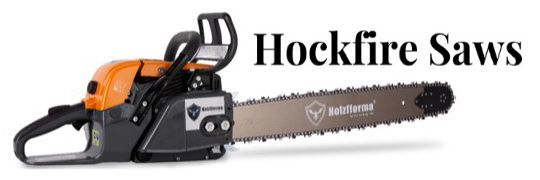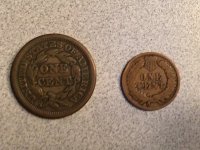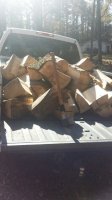jmssaws
Banneded
- Local time
- 2:38 PM
- User ID
- 291
- Joined
- Dec 28, 2015
- Messages
- 10,024
- Reaction score
- 37,294
- Location
- Missouri
Because it has opposing pistons.Then why is it so critical with auto engines that only rev 1/2 the RPMs?
I'll answer that, cause the parts are bigger and not so over built.
I'll say it again.
They are balanced but the piston doesn't affect it.
How can it? It doesn't rotate.
All it does is apply load








